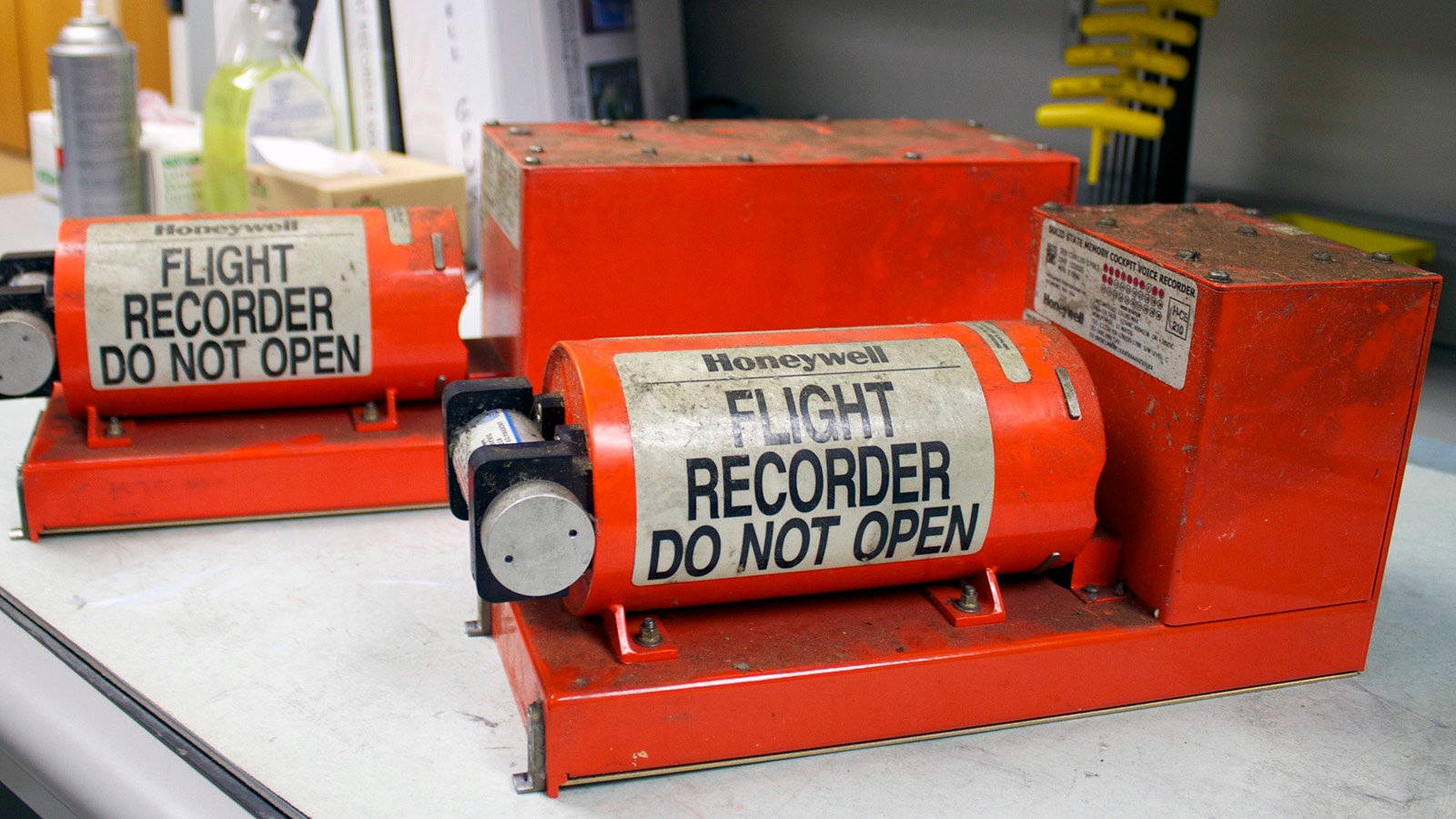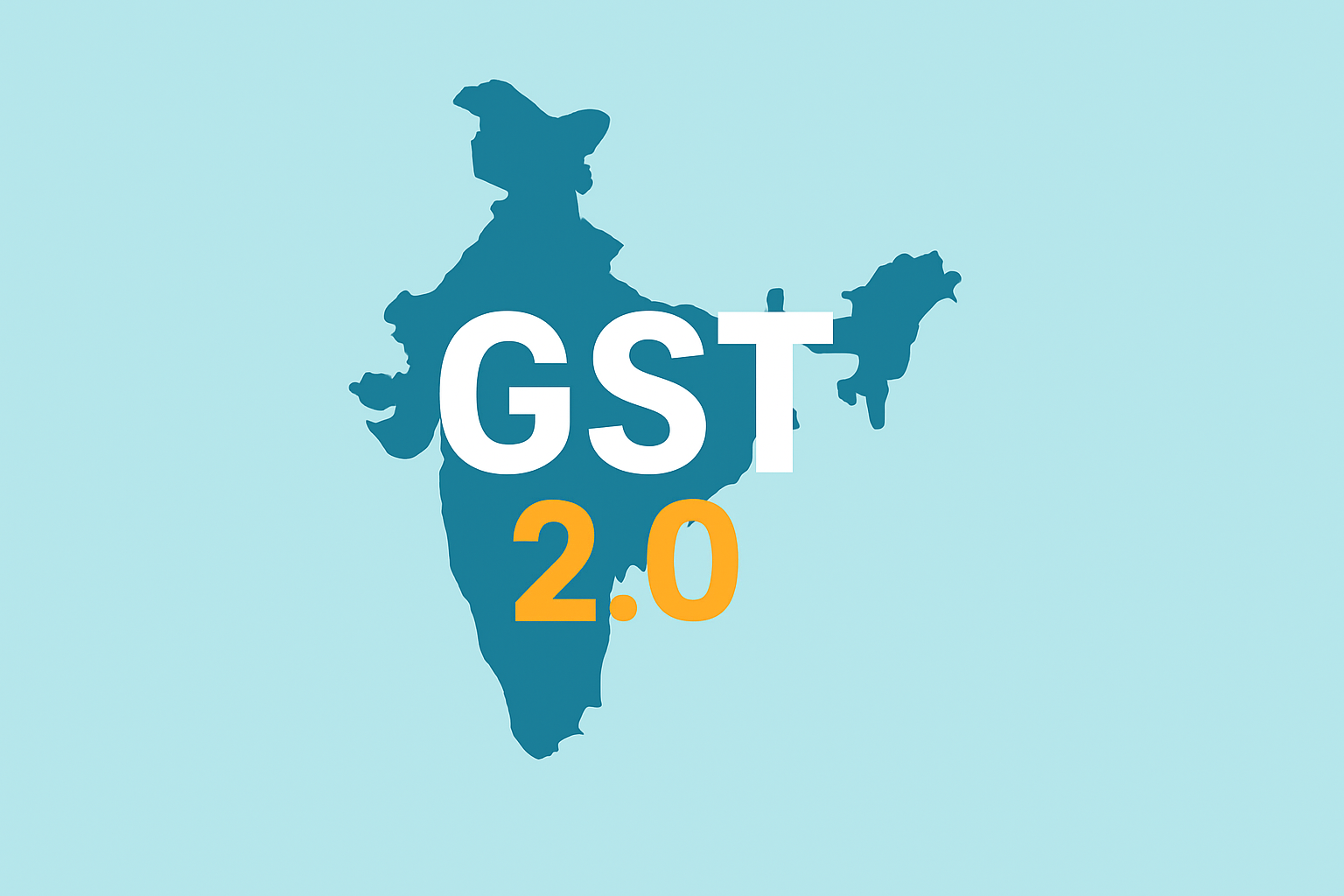What is a Black Box in an Airplane? The Lifesaver of Aviation Safety
- By Broadcast India
- 14th June, 2025 07:19 AM

When an airplane accident or incident occurs, one of the first things investigators look for is the "black box." Despite its mysterious name, this bright orange device is one of the most crucial tools in aviation safety. Let’s dive deep into what a black box is, how it works, and why it’s so important.
What Exactly is a Black Box ?
In aviation, the term black box refers to two flight recording devices:
- Flight Data Recorder (FDR
This device records flight parameters , such as:
Airspeed , Altitude ,Vertical acceleration, Heading, Control inputs from the pilot , Engine performance
Modern FDRs can capture thousands of different parameters and store over 25 hours of data.
- Cockpit Voice Recorder (CVR)
This recorder captures:
* Conversations between pilots
* Radio communications with air traffic control
* Background cockpit noises (e.g., alarms, engine sounds)
* Audible clues to what’s happening in the aircraft
Most CVRs now record the last 2 hours of audio (older ones stored only 30 minutes).
Why is it Called a Black Box?
Interestingly, black boxes are not black . They are painted bright orange with reflective tape to make them easier to find after a crash. The term "black box" likely originated from early electronics, where internal systems were mysterious and opaque—like a box you couldn't see inside.
Built to Survive Extreme Conditions !
A black box is designed to withstand the worst-case scenarios . Here’s what it can survive:
Crashes at high speeds (up to 3,400 Gs of force)
Intense fires (up to 1,100°C / 2,012°F for 60 minutes)
Deep-sea pressure (down to 20,000 feet underwater)
Corrosive saltwater for long durations
Each recorder is housed in a titanium or stainless steel case and is heavily insulated.
How Are They Found?
Each black box is equipped with an Underwater Locator Beacon (ULB) that activates on contact with water. It sends out an ultrasonic signal once per second for about 30 days , helping search teams locate it, even deep under the ocean.
What Happens After Recovery?
Once the black box is recovered:
- Data is downloaded using specialized equipment.
- Investigators analyze the final minutes or hours of the flight.
- They reconstruct the chain of events, comparing data from both the FDR and CVR.
- The findings help determine the cause of the crash or issue.
This information is critical for improving airplane design, pilot training, and air traffic control procedures—making flying even safer.
Real-Life Impact of Black Boxes
Here are a few ways black boxes have changed aviation:
MH370 (Malaysia Airlines): While the aircraft has not been fully recovered, the search focused heavily on finding the black boxes.
Air France Flight 447: Black boxes retrieved from the ocean floor helped explain how the plane stalled mid-flight.
US Airways Flight 1549 ("Miracle on the Hudson"): Black box data verified the sequence of events and supported pilot actions.
Why Black Boxes Are Still Relevant Today ?
With all our digital technology, you might wonder why black boxes are still used. Here’s why:
Independence: They operate separately from other aircraft systems.
Security: Not connected to the internet, reducing cyber risks.
Reliability: Built with redundancy and durability.
Legal evidence: Admissible and trustworthy in investigations.
Some modern aircraft are exploring real-time streaming of flight data, but black boxes remain the gold standard in aviation investigations.
✈️ Final Thoughts
The black box is one of the most important inventions in aviation history. It doesn’t just help us understand what went wrong—it helps make sure it doesn’t happen again . Every time we fly safely, it's thanks in part to the lessons learned from these silent, resilient guardians of the sky.
Have questions or want to explore how black box data is decoded? Let me know in the comments!
Would you like a downloadable version (PDF or Word) or want help adding images or infographics to this blog?








